Blondie is the only group from New York’s mid-70s CBGB punk scene with No.-1 singles and Top-10 albums.
Videos by American Songwriter
Singer Debbie Harry, guitarist Chris Stein, drummer Clem Burke, keyboardist Jimmy Destri, bassists Gary Valentine and Nigel Harrison, and guitarist Frank Infante were pioneers of new wave. But they also embraced disco and early rap, and wrote pop hits without losing their garage rock roots. And they looked great doing it.
Harry grew up in New Jersey and moved to New York after college where she worked odd jobs as a waitress at Max’s Kansas City, a Playboy Bunny, and sang background vocals in a folk group. She later joined The Stilettos, where she met Stein.
She and Stein formed Blondie in 1974, taking the name from the catcalls she’d receive after bleaching her hair. Harry’s two-tone hair became iconic. Sonic Youth’s Kim Gordon once explained the two colors: Harry dyed her own hair and couldn’t reach the back. (Punk chic.)
Picking only five Blondie songs isn’t easy. They recorded great covers in “The Tide Is High” and “Denis,” but this list focuses on original tunes. Still, it’s painful to leave “Rapture” and “One Way or Another” off this list and die-hards might argue against “Call Me” (for reasons you’ll read below).
But difficult decisions must be made. So, here are Blondie’s five greatest songs.
“X Offender” from Blondie (1976)
Blondie’s debut opens with spoken word from Harry. Here, she echoes Patti Smith’s spoken-word poetry and the talk-singing of The Shangri-Las—a style Kim Gordon later explored in Sonic Youth. Written by bassist Gary Valentine and Harry, the original title was “Sex Offender” but the record label insisted on the name change. On the recording, Valentine and guitarist Chris Stein swap instruments. Meanwhile, Jimmy Destri’s pulsing Farfisa organ blends ’60s pop with Blondie’s new wave swagger.
“Call Me” from the American Gigolo Soundtrack (1980)
Blondie’s most famous song isn’t really a Blondie song. Harry wrote the lyrics to an instrumental composed by Italian musician Giorgio Moroder for the 1980 film American Gigolo. “Call Me” was produced by Moroder, who completed the track with studio musicians in Los Angeles after New York sessions with the band went awry. Also, the bridge is one of Harry’s finest: “Ooh, appelle-moi, mon chéri, appelle-moi.”
“Dreaming” from Eat to the Beat (1979)
Clem Burke is the star of “Dreaming” with his nonstop drum solo. Harry and Stein’s song borrows from ABBA’s “Dancing Queen” and the power-pop jam is a concise three-minute gem. Blondie recorded “Dreaming” live in the studio and Burke said the take was “just me blowing through the song. I was consciously overplaying just for the sake of it because it was a run-through.”
“Atomic” from Eat to the Beat (1979)
“Atomic” sounds like ABBA on surf rock. It’s an epic composition with several abrupt scene changes. The track’s key changes feel like the ups and downs of a marathon night under a club’s strobe lights. It’s hopeful and weird and it all happens before the bass solo. Yes, there’s a bass solo in this one. It’s futurist dance-pop and the music video looks like one final gasp of hope in a post-apocalyptic world.
“Heart of Glass” from Parallel Lines (1978)
“Heart of Glass” began as “Once I Had a Love” in 1975. Written by Harry and Stein, they nicknamed it “The Disco Song” but due to punk rock’s general hatred of disco, they set it aside. However, Blondie merged their garage rock roots with new wave synth-pop and released “Heart of Glass” as a single in early 1979. Though its disco roots remain, Harry sings with punk rock dispassion as she swaps the lyric: “Once I had a love and it was a gas / Soon turned out to be a pain in the a-s.”
When you purchase through links on our site, we may earn an affiliate commission.
Photo by Richard Creamer/Michael Ochs Archives/Getty Images

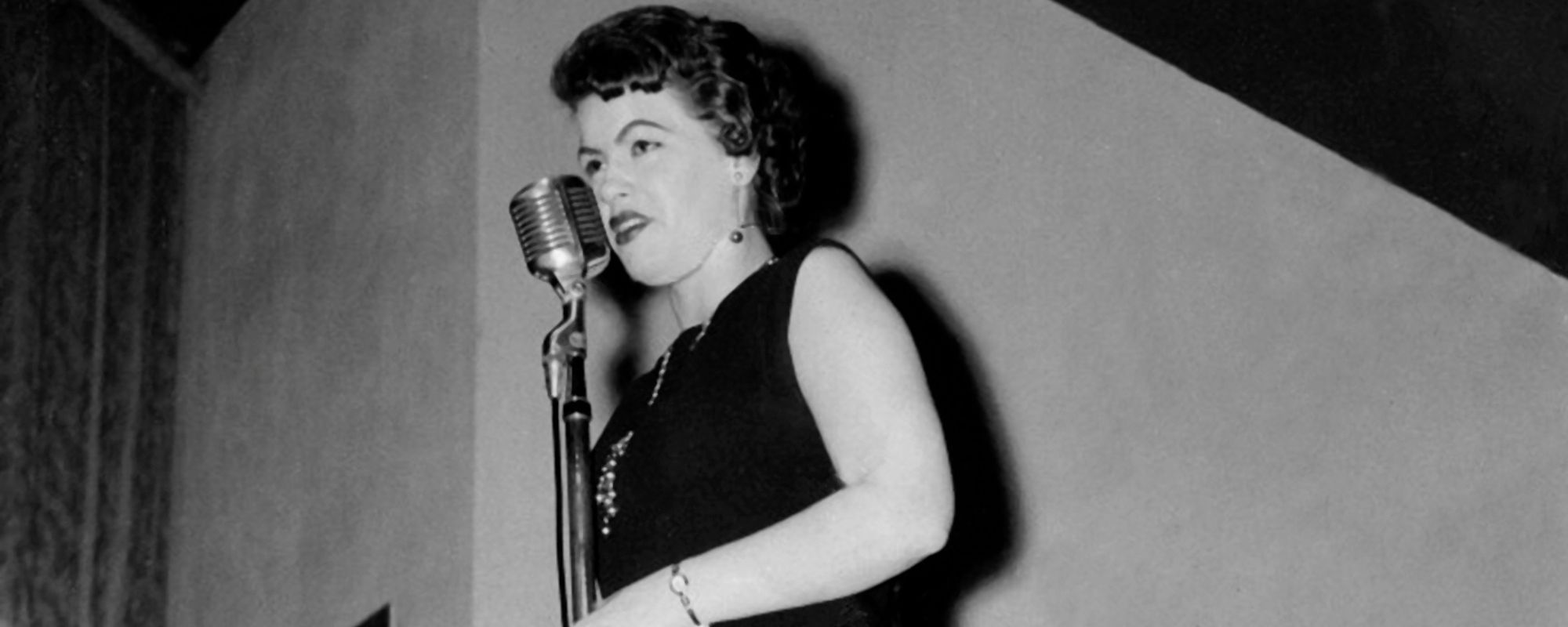
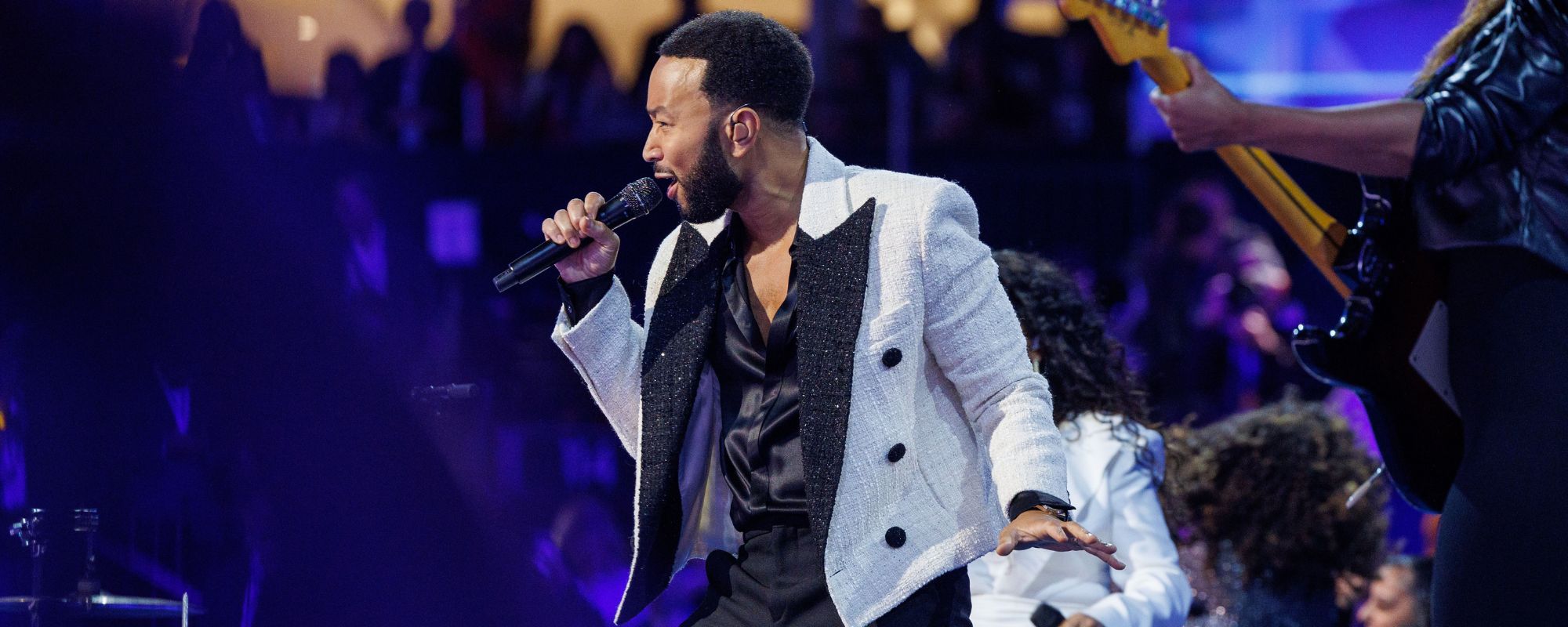


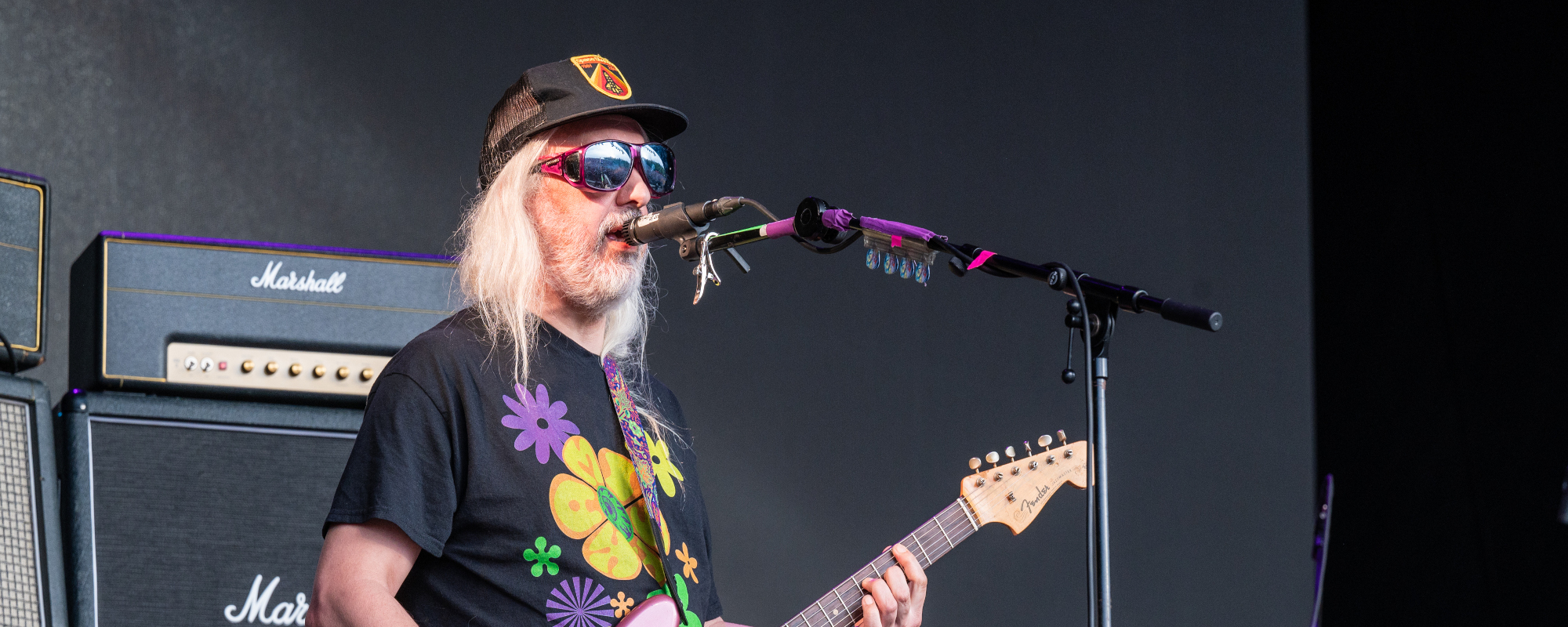
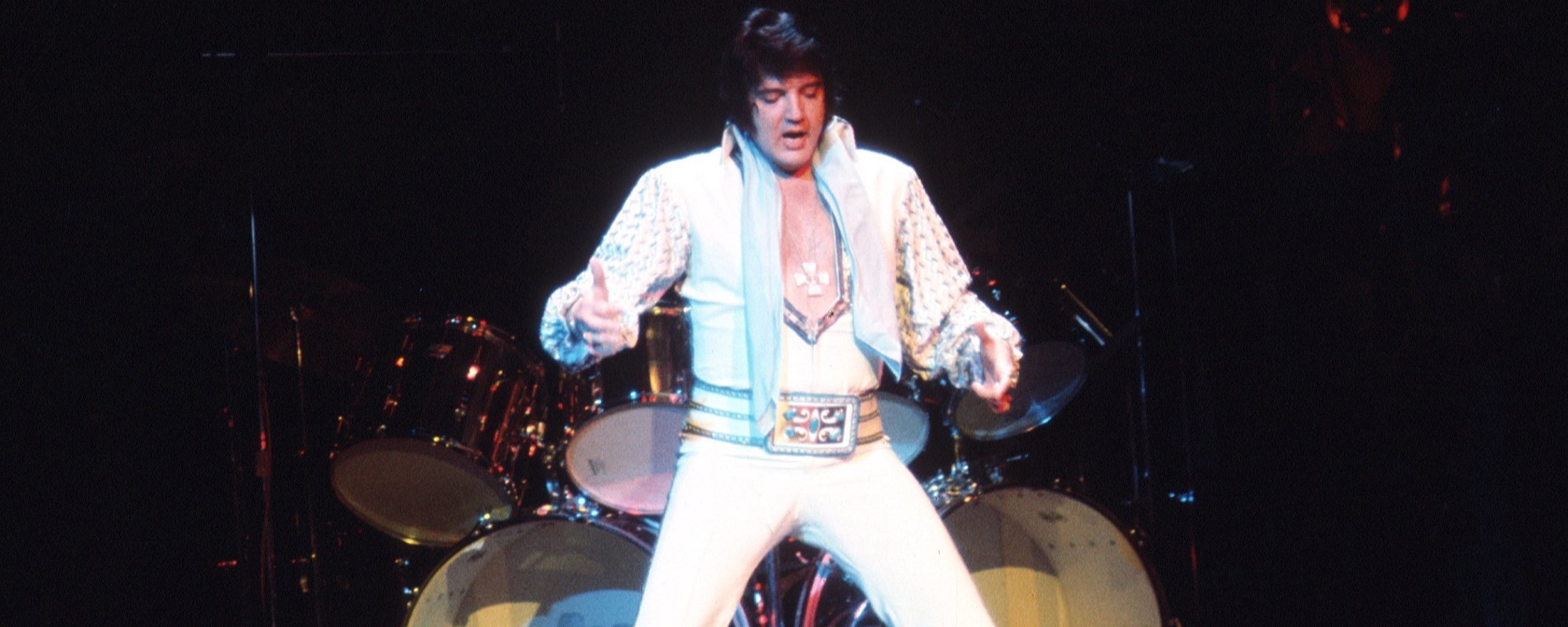

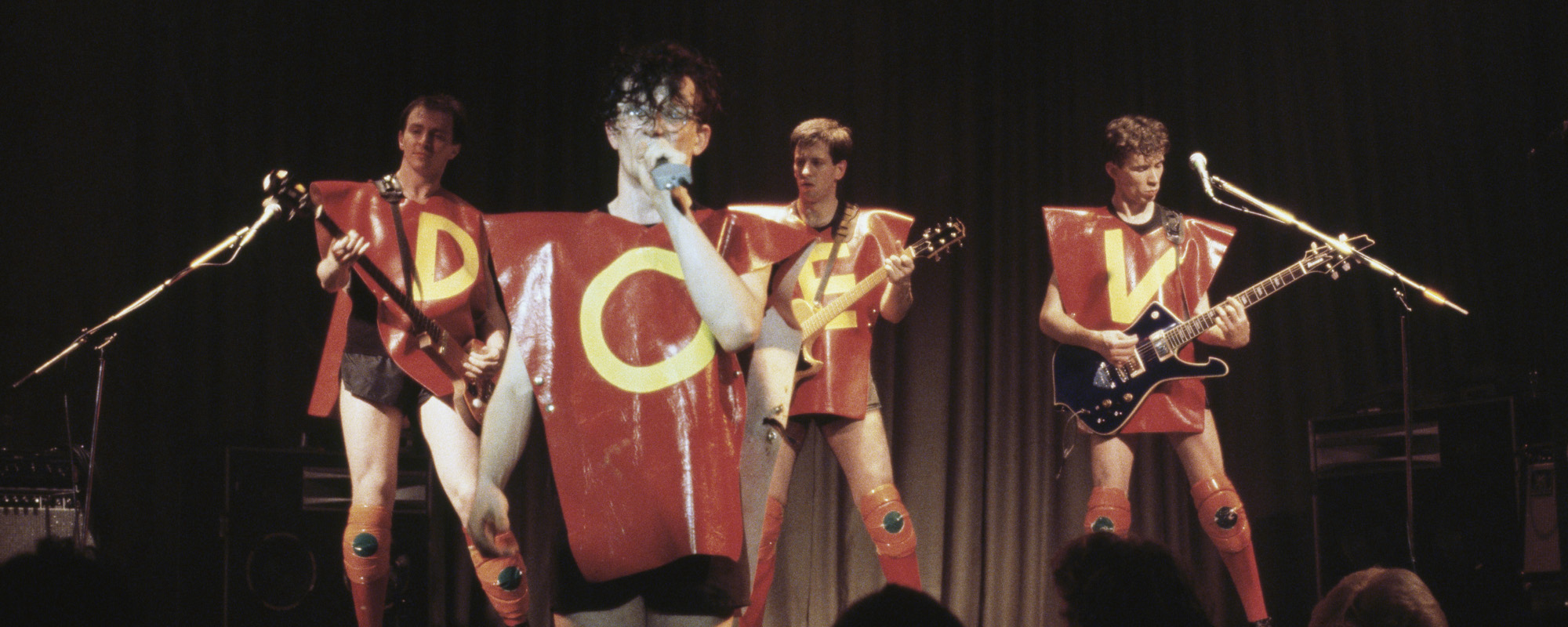
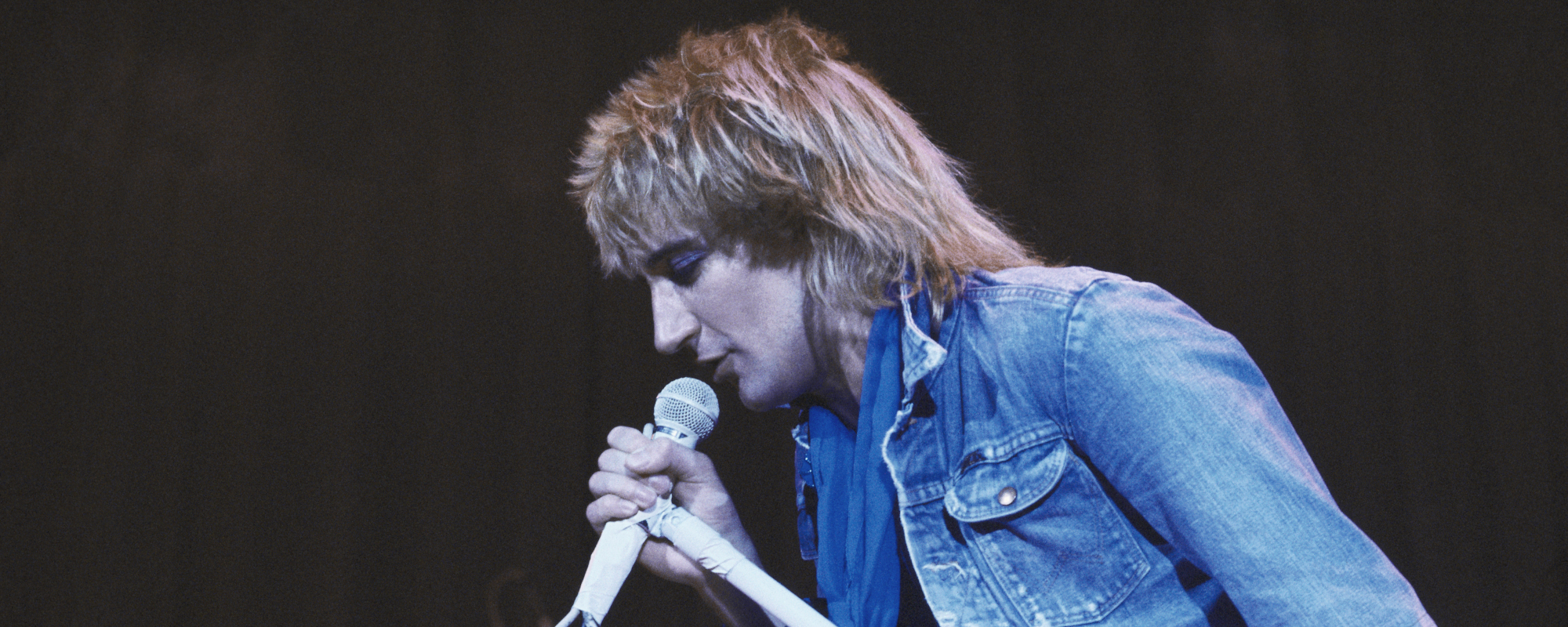
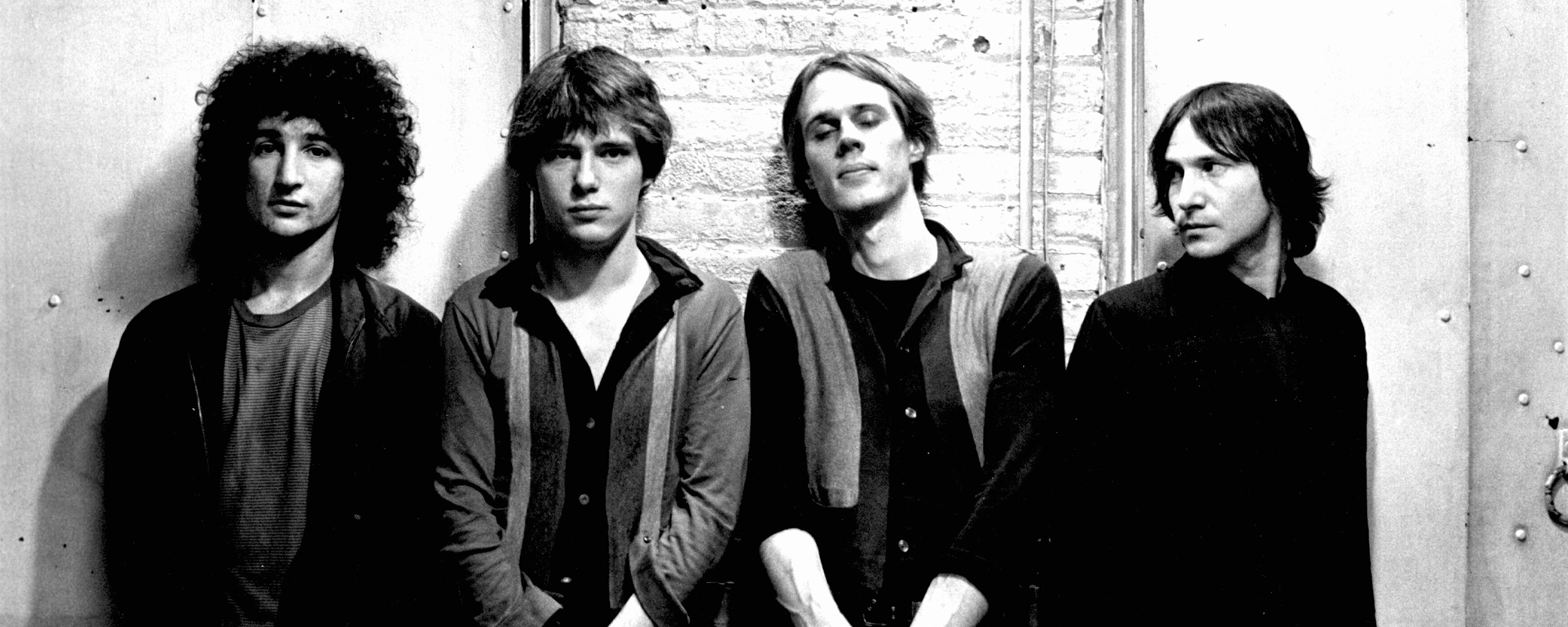
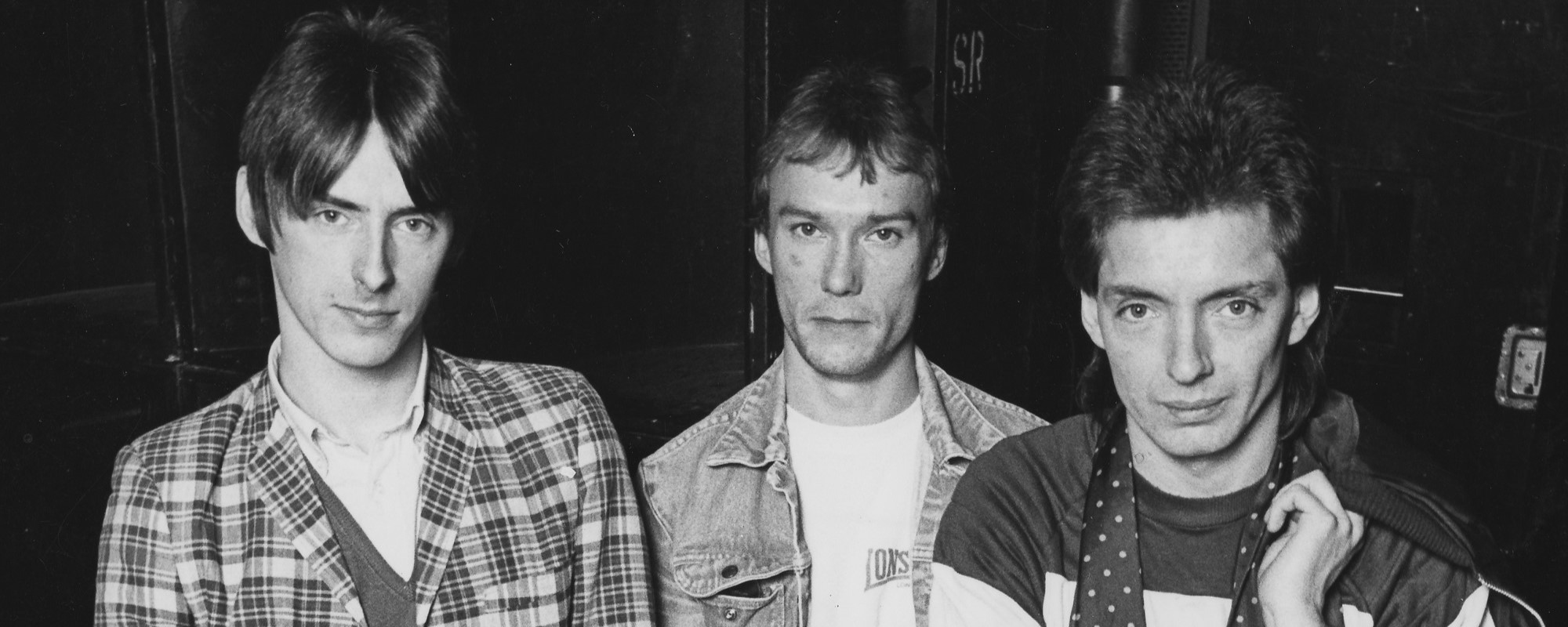
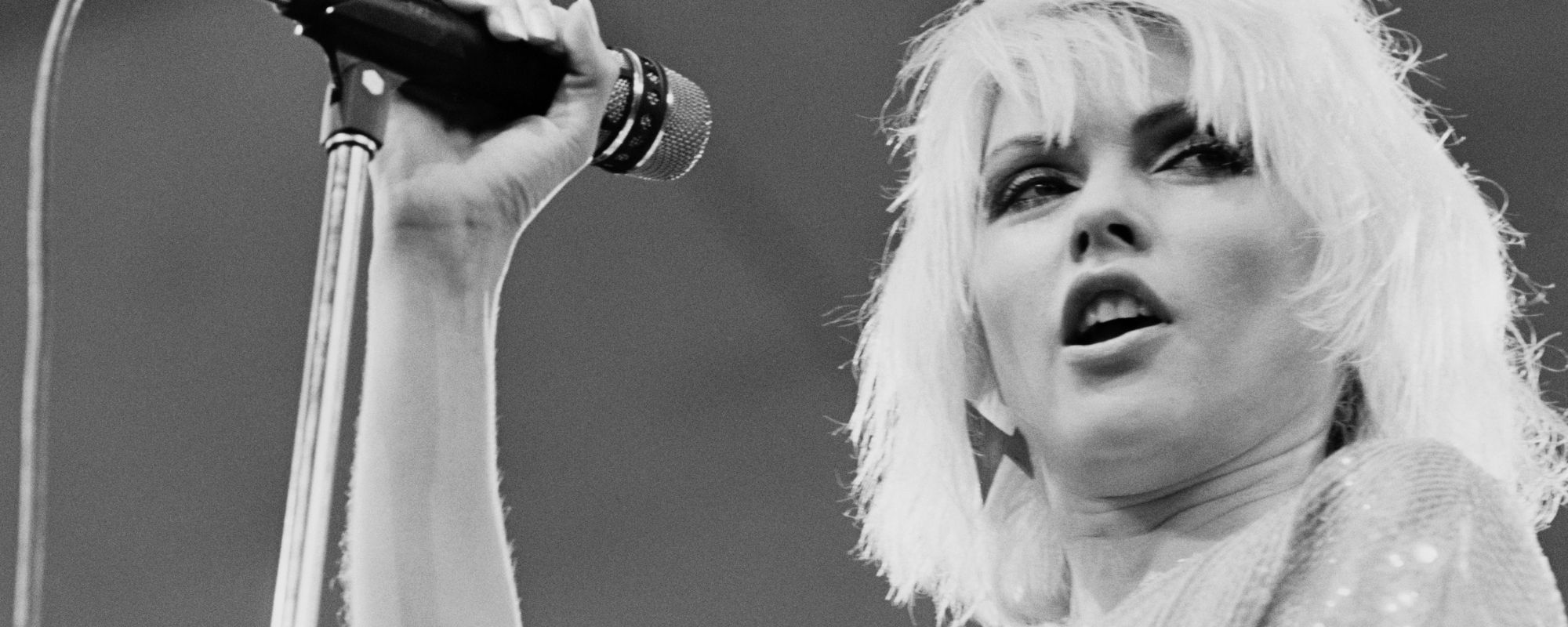
Leave a Reply
Only members can comment. Become a member. Already a member? Log in.